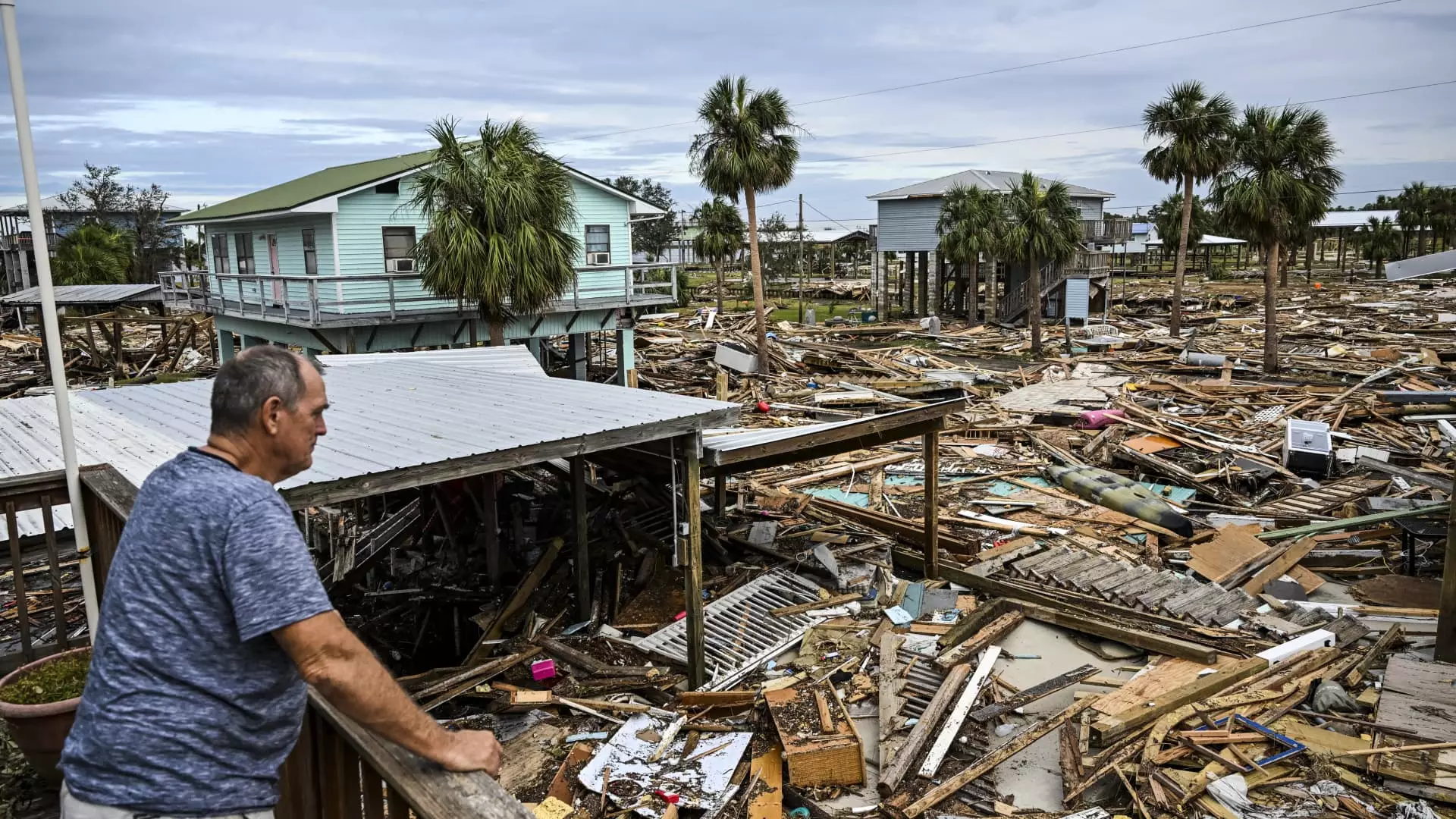Natural disasters pose grave threats to lives and property, often leaving a trail of destruction that requires protracted recovery efforts. In the wake of these calamities, understanding how to file homeowners insurance claims becomes not just important, but essential for safeguarding your financial future. With disasters like Hurricane Helene racking up insured losses exceeding $6 billion, the urgency to streamline the claims process cannot be overstated. The imminent threat of Hurricane Milton, hailed as a potentially unprecedented storm, amplifies this need. The following concepts will help clarify the labyrinth of filing insurance claims after a natural disaster strikes.
Immediate action should be your mantra once the threat has subsided. Insurance experts, such as Shannon Martin, who is a licensed insurance agent and analyst, stress the importance of notifying your insurance provider rapidly. The central tenet is simple: the sooner you initiate the claims process, the quicker your provider can act to help restore order to your life. The chaos following a disaster often means that an insurance company will face a surge of claims, leading to a backlog that can further delay approvals. Jeremy Porter, a climate implications researcher, elucidates this point by stating, “A delay on your end lengthens the property’s claim processing pipeline.”
Taking a proactive stance not only expedites the approval process but also clubs potential disputes in the bud. If you wait too long to file your claim, you may create complications regarding your eligibility or the extent of your coverage, especially if further damages arise from subsequent storms. As a gold standard, aim to lodge your claim within the three to five days following a natural disaster; this is crucial for ensuring that your claims do not overlap amongst various incidents.
Documentation Is Your Best Friend
One of the most critical steps in the insurance claim process is documentation. The importance of taking photos of the damage cannot be emphasized enough. Porter advises homeowners to meticulously document the damage inflicted on their property with well-timed images and detailed accounts. These help correlate your losses directly with natural events, such as high winds or floodwaters, and serve as evidence during discussions with your insurer.
In addition to photographs, maintaining records of all correspondence with the insurer, including emails and phone call details, will bolster your claim’s legitimacy. Daniel Schwarcz, a professor of insurance law, insists on keeping receipts for any emergency repairs. If your home is damaged, any material purchased for protective measures—such as plywood or sandbags—should be documented along with their costs. However, be cautious; expenses incurred in advance of a natural disaster, such as preemptive boarding up of windows, may not be covered under your insurance policy.
Insurers typically require homeowners to take reasonable steps to prevent additional damages post-disaster. This may mean temporarily boarding up broken windows or stopping leaks while awaiting a formal inspection by your insurance adjuster. Failing to take such precautions could jeopardize your claim. Schwarcz points out that if inaction results in escalated injuries to the property, the insurer might decline to cover those costs.
The protective measures you choose to undertake should align with the terms of your insurance policy. Always refer back to your specific language within the policy to clarify your responsibilities and the parameters for financial reimbursement.
When you file your claim, an adjuster from your insurance company will eventually visit your property for a comprehensive assessment. During your initial call, it is important to provide them basic information about the extent of the damage. However, the adjuster’s assessment will carry significant weight; it is crucial to align the documented damage with their findings. By doing this, you’ll have stronger grounds to dispute any discrepancies that may emerge later in the process.
Moreover, should multiple incidents occur, the clear documentation of earlier events helps delineate which insurance policy covers what. As Porter warns, if a different natural disaster strikes before your initial claim is settled, you may find your insurers disputing which event was responsible for which damages.
Navigating homeowners insurance claims after a natural disaster can feel daunting, but being informed and proactive can alleviate this stress. By filing promptly, documenting thoroughly, and taking necessary precautions, you set the stage for a smoother recovery process. Remember that your home is more than just a structure; it serves as a sanctuary, and securing its integrity is vital for your well-being. Being equipped with knowledge not only prepares you for the worst but also empowers you to reclaim your life with confidence.

Leave a Reply